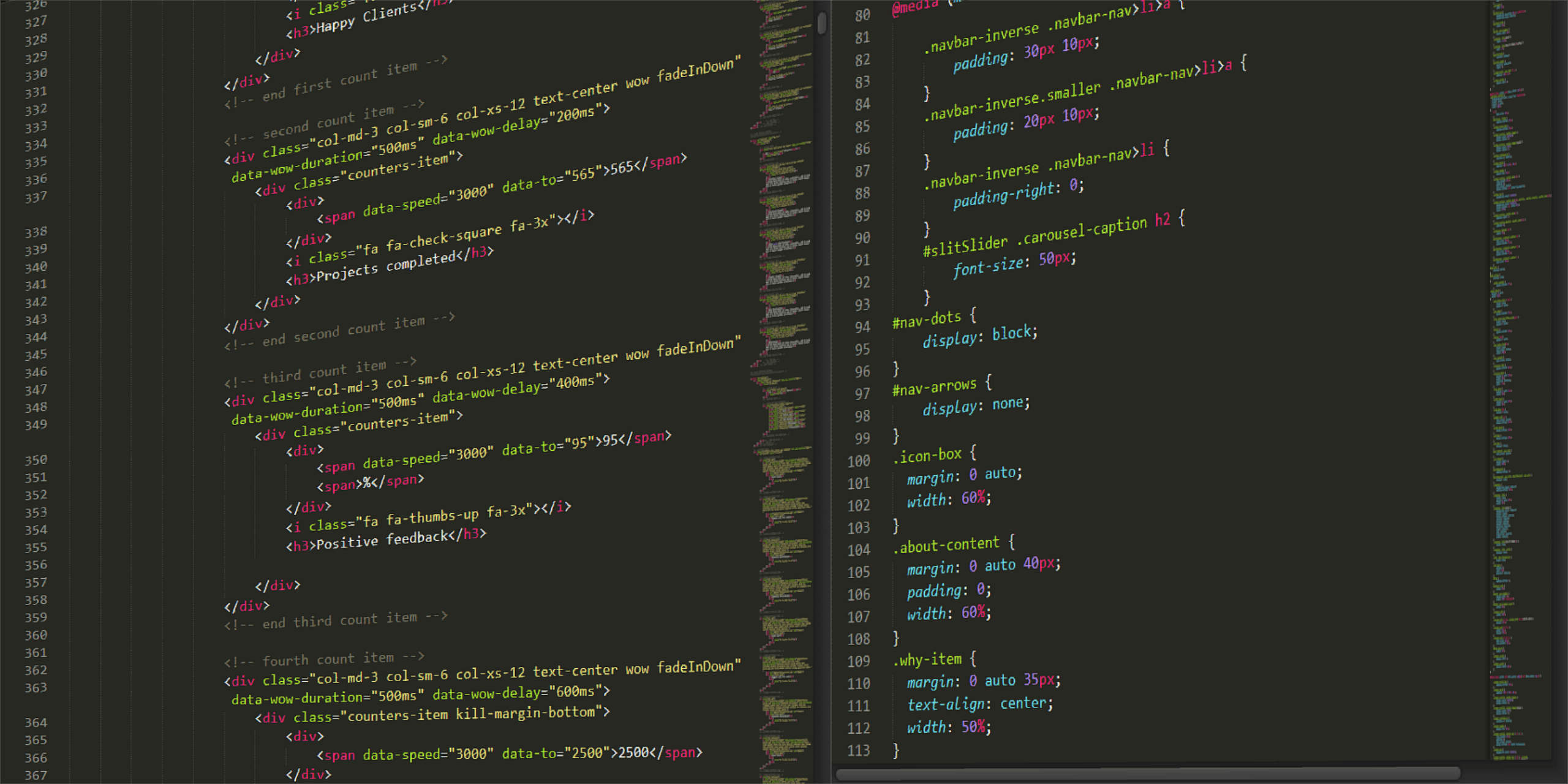Exploring the Absence of a Unified JavaScript Toolkit for Server-Driven UIs
In the evolving landscape of web development, server-driven interfaces like Phoenix LiveView have gained significant traction. These tools enable developers to craft dynamic, real-time user experiences without relying heavily on traditional JavaScript frameworks. However, when it comes to implementing complex UI interactions—such as drag-and-drop interfaces, animated transitions, charts, and tooltips—developers often resort to a collection of standalone JavaScript libraries like Sortable.js, Chart.js, Alpine.js, and Tippy.js.
While these libraries perform admirably and can operate independently of direct DOM ownership—making them well-suited for server-rendered architectures—they are typically used in isolation. This piecemeal approach prompts an intriguing question:
Why hasn’t there been a comprehensive, bundled solution that consolidates these libraries into a single, lightweight toolkit—akin to a “sprinkle JS”—designed explicitly as an alternative to React for server-rendered or real-time HTML?
Ideally, such a toolkit would embody the following characteristics:
- Simplicity & Efficiency: No virtual DOM, no complex client-side state management.
- Direct DOM Enhancement: Uses hooks, attributes, or data-attributes to augment the existing markup.
- Compatibility & Flexibility: Designed to work harmoniously with utility-first CSS frameworks like Tailwind CSS.
- Performance: Small size, quick load times, and minimal overhead.
This approach appears highly compatible with frameworks and tools like Phoenix LiveView, Hotwire, htmx, and Laravel Livewire—platforms that prioritize minimal frontend frameworks while delivering rich, interactive experiences.
The core question remains:
Is this idea too niche to attract mainstream development effort?
Or perhaps someone is already working on such a solution, and I’ve simply missed it?
As the ecosystem continues to evolve, a unified, small-scale JavaScript enhancement toolkit could bridge the gap between simplicity and interactivity, offering an elegant alternative to traditional frontend frameworks. It’s an exciting space to watch for any new developments!

